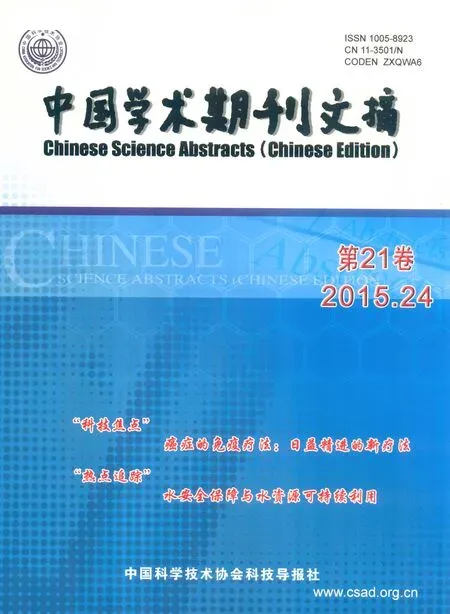昆虫学
昆虫学

来源出版物:Insect Science, 2015, 22(5): 651-660
封面介绍:Females of the common green blow fly,Lucilia sericata, ovipositing on rat carrion. When females oviposit in aggregations, even-aged larval offspring develop faster and fewer are preyed upon. These benefits imply that females engage in coordinated, pheromone-mediated oviposition behavior. Yet, new data show that oviposition site-seeking females do not respond to pheromones but to semiochemicals associated with gravid or non-gravid feeding flies, taking chances that resources are suitable for oviposition and that ovipositing flies are present.
Is aggregated oviposition by the blow flies Lucilia sericata andPhormia regina(Diptera: Calliphoridae) really pheromone-mediated?
Bekka S. Brodie, Warren H. L. Wong, Sherah VanLaerhoven
When female blow fliesLucilia sericataandPhormia regina(Diptera: Calliphoridae) oviposit in aggregations on carrion, even-aged larval offspring reportedly develop faster, and fewer are parasitized or preyed upon. The benefits of aggregated oviposition equally affect con-and heterospecific larvae sharing a resource. The benefits imply that female blow flies engage in coordinated, pheromone-mediated oviposition behavior. Yet, repeated attempts to identify oviposition pheromones have failed invoking doubt that they exist. Simply by regurgitating and feeding on carrion, flies may produce attractive semiochemicals. If flies were to aggregate in response to feeding flies rather than ovipositing flies, then the semiochemical cue(s) may be associated with the salivary gland. Working withL. sericataandP. reginaand using liver as a surrogate oviposition medium, we test the hypotheses, and present data in their support, that (i) gravid or nongravid females ovipositing and/or feeding on liver enhance its attractiveness to gravid and nongravid females; (ii) females respond to semiochemicals from feeding heterospecific females; (iii) females respond equally well to semiochemicals from feeding con-and heterospecific females; (iv) macerated head tissues of females applied to liver enhance its attractiveness; and (v) females in direct contact with and feeding on liver, but not when next to yet physically separated from liver, enhance attraction of flies. We conclude that oviposition site-seeking females do not respond to an oviposition pheromone. Instead, they appear to coopt semiochemicals associated with feeding flies as resource indicators, taking chances that resources are suitable for oviposition, and that ovipositing flies are present.
blow flies; carrion; egg-laying site; pheromone; saliva; semiochemical

